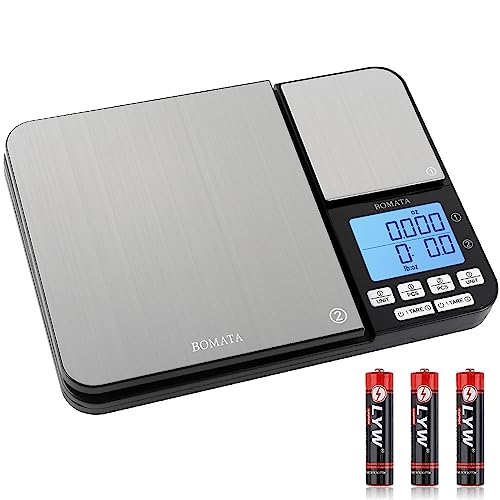Ditto on keeping your lye away from glass. In the past, household Pyrex used to be made with stable/strong borosilicate, but not any longer, and many people are reporting that they have been having shattering/explosive experiences with it. So much so that the Dept for Consumer Affairs has been investigating it, and even Consumer Reports did their own experimental studies which confirmed the shattering problems.
Here is an excellent article by NACE (the National Association of Corrosion Engineers) that explains how alkiline solutions attack glass over time:
http://events.nace.org/library/corrosio ... /Glass.asp
The problem with mixing lye solution in glass is that the corrossion happens slowly over time, bit by bit, so it's easy to get lulled into a sense of security when we continue to mix lye solution in the glass seemingly without incident. But every time you mix solution in the container, the glass gets weaker and weaker until one day out of the blue- Kaboom!- dangerously sharp shards of caustic lye soaked glass everywhere. You won't know the day or hour beforehand that it will happen because the gradual weakening is not something you can see happening without a microscope, but it is happening. I liken soaping with glass to playing Russian Roulette. It's just not worth the risk, especially when there are much safer alternatives out there.
I've posted this many times before, but here are the safe alternatives:
For mixing lye solution, it's best/safest to use plastic or quality stainless steel. Not just any plastic will do, though. The best plastic container to use for mixing lye solution is PP #5 because it is resistant to lye and can withstand boiling water.
HDPE #2 is good for long-term storage of cooled lye solution, but not as ideal as PP #5 for mixing solution because it has a lower temp threshold than pp #5.
Never use these plastics: polycarbonate (the crystal clear Rubbermaid containers); nylon (polyamide); polystyrene plastics (PS #6, or ABS which is a type of styrene plastic- acrylonitrile butadiene styrene); and PETE (#1). None of these are compatable with lye.
Acrylics are ok for very short term exposure, but not for repeated use or long term storage.
Oh, and as carebear mentioned, nalgene is good, too, from what I've read.
Here is a recent thread (from last month) where this subject was discussed (just scroll down a little).
http://www.soapmakingforum.com/forum/vi ... r&start=15
IrishLass

Edited to add: I mix my masterbatch 50% lye solution in PP #5, and I store it longterm in HDPE.















































